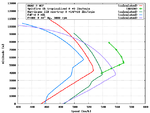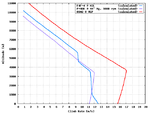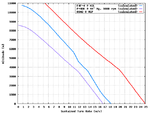Pong
Staff Sergeant
Who could have been better, the P-40E or the F4F? We all know that they can't match the Zero's performance before the production of the F6F, but which could have been the better dogfighter, the 'Ironworks' Wildcat, or the Tomahawk?



